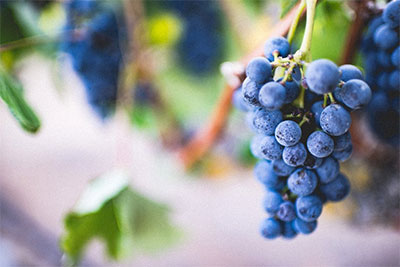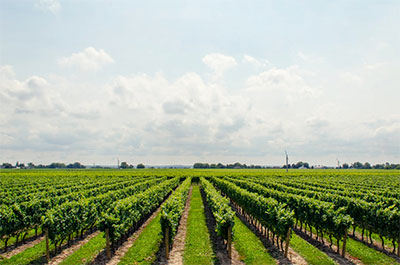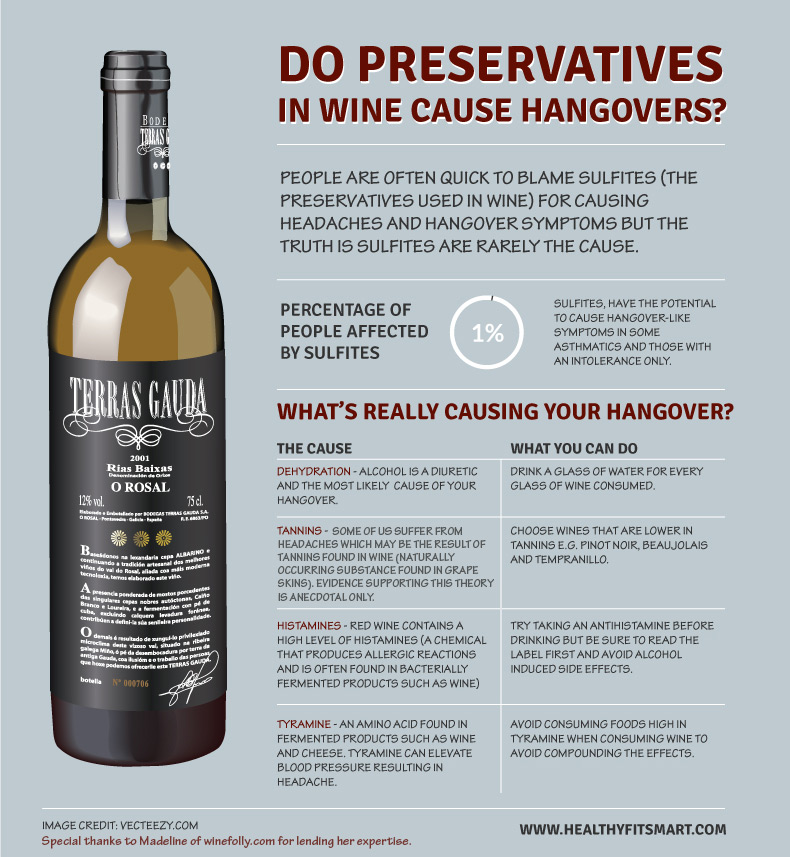The Short Answer:
Table of Contents
Common preservatives found in wine, better known as sulfites, have the potential to cause hangover-like symptoms in some asthmatics and those with an intolerance, even when drinking relatively small amounts. While it’s thought this only affects a small percentage of the general public (less than 1%) there are many who are becoming increasingly skeptical about the use of preservatives in general due to the perceived health implications. One could argue that as a whole society is becoming more concerned about preservatives than the pathogens they are designed to destroy.
While there are a number of preservatives that should be more closely scrutinized, for instance, Sodium Benzoate, sulfites used in wine are considered safe for the majority of people.
For those who do have an adverse reaction to sulfites, or those that simply prefer to avoid added preservatives, preservative free wine is one available alternative but many consumers have questions, including:
- How is wine made without preservatives?
- How long does it last?
- Does it taste as appealing as wine with preservatives?
- Where can wines free of sulfites be purchased and how much do they cost?
In the following article, we will tackle these commonly asked questions and provide an insight into why preservatives are used in wines and why a small percentage of people may be affected by them.
Why do wines need preservatives?
You may not be aware, but Sulfites are produced naturally by the body at a rate of approx. 1000 milligrams per day. Sulfites are also naturally occurring in wine, thanks to yeast fermentation which produces sulfites as a by-product. In essence, this means that there are no wines that are truly preservative free but, like any food or drink additive it’s the amount added by artificial means that raises concerns with consumers.
Preservatives are added to wine to kill unwanted bacteria and yeasts during the process of winemaking. Grapes come into contact with a range of microorganisms as they are grown and then again during harvest. Wine growers face a number of threats to their harvest such as disease, mold, insects, and birds that can damage the fruit during growth. During harvest, grapes may also suffer damage which allows micro-organisms a path of entry.
The wine making process itself exacerbates this problem thanks to the bacteria friendly conditions created, primarily temperature. To prevent wine from suffering bacterial spoilage, preservatives (sulfites) are added. Typically wine contains approx. 150 ppm (parts per million) of sulfur. By way of comparison, dried fruits often contain upwards of 1000 ppm.
Which preservatives are used in wine?
The main preservatives added to wines are Sulphur Dioxide, otherwise known as preservative 220 and Potassium Metabisulphite ( preservative 224 ).
It’s long been known that these preservatives are responsible for respiratory issues and headaches in a small percentage of the population. But it must be said, we really are talking a small number here e.g. 1%. This includes a percentage of people who suffer from asthma and those who lack a specific enzyme required for breaking down sulfites to sulfates ( sulfite oxidase ).
Dried fruit typically contains more sulfites than red wine. If you can consume dried apricots without any negative health impacts, then preservatives in wine are unlikely to affect you.
 How is wine manufactured without preservatives
How is wine manufactured without preservatives
To make wine free of preservatives requires a more holistic approach than usual.
Producing wine free of sulfites does not lend itself to mass production and relies more on good practice to avoid the fruit becoming susceptible to microorganisms. In most cases this means harvesting by hand to avoid damaging the fruit, ensuring the winery itself is not a breeding ground for bacteria by maintaining a sanitized environment and also reducing the amount of oxygen in the wine barrels used for storage to reduce the opportunity for oxidation. It’s also beneficial to store wine in cooler than standard conditions e.g. below 60 degrees, as temperatures above 60 are considered ideal for bacterial growth.
How long does it last?
It’s difficult to compare all wines free of sulfites in regard to aging and as such a timeline cannot really be applied across the board. Like all wines, the storage conditions e.g humidity and temperature will play a major role in preserving wine. If you don’t mind keeping your wine chilled (60 degrees or less), this will extend the shelf life considerably. In fact, some growers will only release their preservative free range in winter to combat the problems caused by temperature. In most cases, however, it is recommended that wine that does not have added preservatives is to be enjoyed and not stored in the same way as standard red wine.
Does preservative free wine taste as good as normal wine?
In a word yes.
Many organic winemakers have argued that preservatives actually inhibit the natural richness and flavor of wine, especially in the case of red wine. It should also be noted that sulfur dioxide does tend to have its own unique and unpleasant taste, especially if used heavily, (as it sometimes is). Large amounts of sulfur dioxide can influence the taste of wine more than most people are probably aware.
Where can preservative free wine be purchased and how much do they cost?
 Preservative free wines are becoming increasingly popular as distrust in modern food and drink production increases. Thanks largely to the internet we are learning more and more about harmful additives and their potential health implications. Because of this, otherwise harmless additives such as sulfites are swept along for the ride despite being considered harmless for the majority of people.
Preservative free wines are becoming increasingly popular as distrust in modern food and drink production increases. Thanks largely to the internet we are learning more and more about harmful additives and their potential health implications. Because of this, otherwise harmless additives such as sulfites are swept along for the ride despite being considered harmless for the majority of people.
You will find a decent selection in most larger alcohol outlets. If you prefer to buy online, there are also a growing number of online retailers that sell organic wines free of preservatives such as the organic wine company, freywine.com and nakedwines.com.
In most cases, wines with no added preservatives can be more expensive due to the process required to prevent oxidation and bacterial spoilage. However, it’s not simply a case of comparing wines for value, as all wines differ in some ways. You are however less likely to find budget wines free of added preservatives.
Summary

Share this Image On Your Site
While there is little doubt preservative free wine is of great benefit to those with a pre-existing condition, for the rest of us, the common preservatives found in wine really shouldn’t raise much concern, despite what you may have heard. Don’t buy into the argument that wine that doesn’t contain sulfites means you won’t get a hangover, while it may sound nice in theory it just isn’t the case.
Another point to consider is the fact that if a food or drink product doesn’t use preservatives to prevent bacteria it is much more likely to have a reliance on pesticides during production to reduce the pathogens, preservatives such as sulfites protect wine and food products against. If this is of concern to you, we recommend instead taking a closer look at organic wines which are free of added preservatives.
